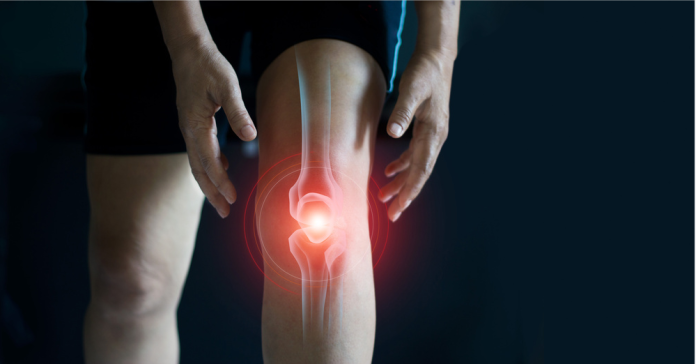Each day, your knees are subjected to continuous strain. Your joints work continuously so that you can stay in motion. From simple tasks like walking up stairs to more strenuous activities like running and jumping. When they act up, everything becomes harder.
Why Your Knees Hurt in the First Place
Knee problems often begin subtly. They then become more significant with age. Your kneecap rests snugly in a small hollow at the end of your thighbone. This tracking goes wrong when the muscles feel weak or strained. Poor form during exercise makes things worse. So does ignoring those little aches and pains that are telling you to slow down before they become more significant. Imagine your knee as a door hinge. Incorrect use over months makes the hinge stiff.
Warm Up Like You Mean It
Cold muscles and joints hate sudden movement. Before beginning any workout, take five minutes to get your blood circulating. Consider marching, some mild leg swings, or a short walk. Your knees will appreciate it.
Instead of static stretches, incorporate dynamic stretches before exercising. Do lunges or squats to stimulate the knee muscles. Following your exercise routine, perform lengthy, deep stretches.
Strengthen the Supporting Cast
Your knees don’t function independently of the rest of your body. Weak hips and glutes cause the knees to strain, making them perform beyond their intended capacity. Strong quads and hamstrings cushion impacts.
Leg lifts while lying down work your hips, not your knees. Wall sits build quad strength while teaching proper alignment. Hamstring curls offer balance and strength to the posterior muscles. Before incorporating resistance, begin with bodyweight exercises.
Ice vs. Heat: Getting It Right
Fresh injuries need ice to control swelling. Use it for 15-20 minutes during the first 48 hours after noticing any unusual sensations. Chronic stiffness improves with heat. This encourages better blood flow and soothes tense muscles.
Many people use heat when they should use ice, or vice versa. When in doubt, ice first. You can always switch to heat later if stiffness becomes the main problem.
Movement Patterns Matter More Than You Think
How you move during daily activities affects your knees just as much as formal exercise does. Landing with straight legs during jumps sends jolts of pain straight up to your knees. If your knees move inward during squats, the pressure shifts, and injury may occur. Practice landing softly. Feel the gentle flex of your knees. During a squat, make sure that your kneecaps and toes face the same direction. Small changes eventually lead to big results.
Recovery Days Aren’t Lazy Days
Rest is more than just lounging on the couch all day long. Active recovery boosts blood flow. However, it doesn’t put extra strain on fatigued joints. Walking at a leisurely pace, swimming gently, and cycling lightly can all speed up recovery. Smart athletes understand that sometimes slowing down is the quickest route to success.
Listen to Your Body’s Warning System
Don’t ignore that morning run twinge. Early intervention stops small issues from becoming big problems. This is according to the professionals over at Lone Star Pain Medicine in Texas. Knee pain often begins mildly and worsens. Monitor your knees during activities. Post-workout soreness is common. Persistent sharp pain, swelling, or discomfort requires care. Visit Lone Star for more information.
Conclusion
Taking care of your knees doesn’t have to be costly or complicated. Warming up correctly, building strength, and heeding your body’s signals can all help you avoid problems. Smart movement patterns and recovery practices support your activity. They enable you to remain active for years. At the end of the day, the ideal workout is the kind you can keep doing regularly without discomfort.


